Facts about the Gilded Age Era of American History
The Gilded Age, a term that evokes images of opulence and excess, was a period of rapid economic growth and transformation in the United States, lasting from the 1870s to about 1900. It was an era marked by the dazzling wealth of the few and the struggles of the many, a time when industrialization was reshaping the American landscape. The period saw a surge in technological advancements and urbanization, creating opportunities but also highlighting stark social inequalities.
The Origins of the Term “Gilded Age”
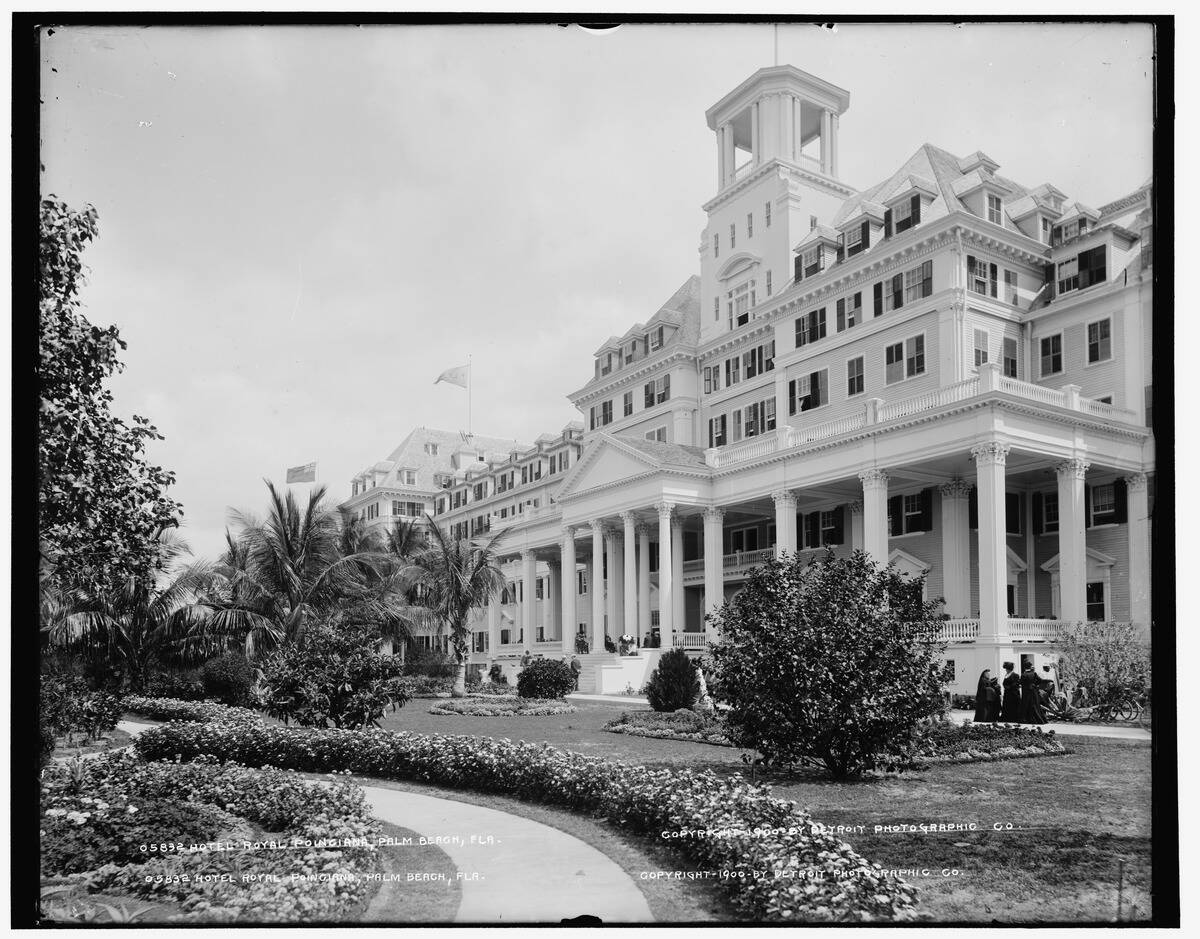
The phrase “Gilded Age” was coined by Mark Twain and Charles Dudley Warner in their 1873 novel “The Gilded Age: A Tale of Today.” The term is a play on words, implying that the period was glittering on the surface but corrupt underneath, much like a gilded object. Twain’s satirical take on the era highlighted the disparity between the wealthy elite’s superficial glamour and the grim realities faced by the working class.
Industrial Titans and Captains of Industry
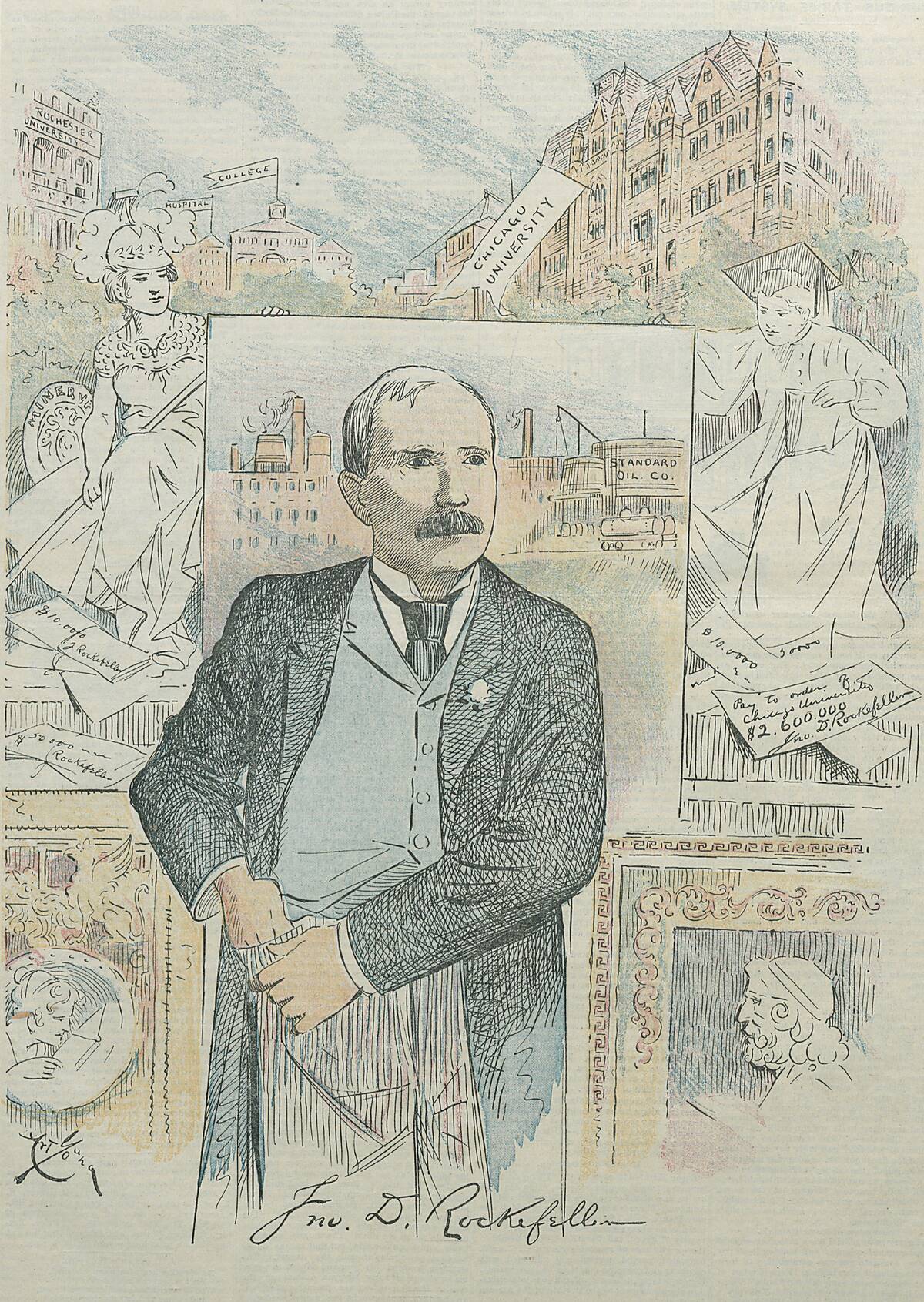
The Gilded Age was dominated by industrial magnates like Andrew Carnegie, John D. Rockefeller, and J.P. Morgan, who amassed enormous fortunes and wielded significant influence. Carnegie revolutionized the steel industry with the Bessemer process, while Rockefeller’s Standard Oil controlled about 90% of U.S. refineries and pipelines. These “captains of industry” were often criticized as “robber barons” for their ruthless business tactics but also praised for their contributions to American infrastructure and philanthropy.
The Rise of Big Business and Monopolies
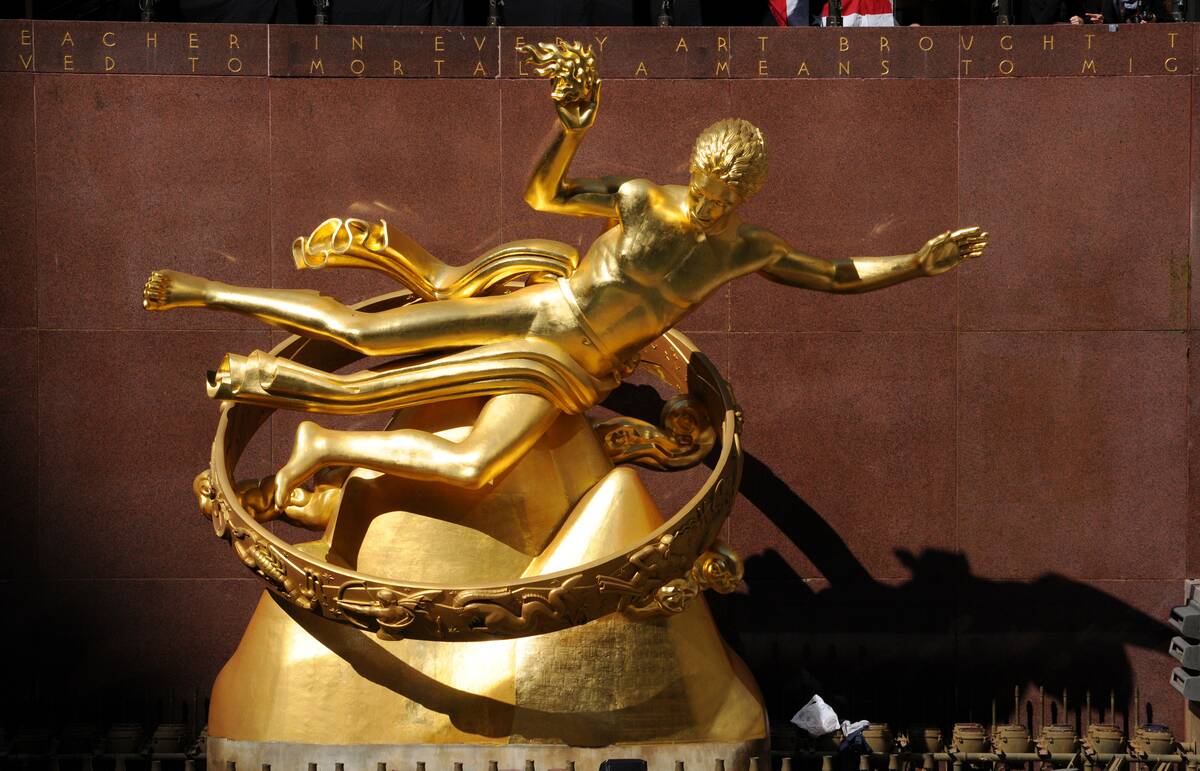
During the Gilded Age, big business boomed, leading to the rise of monopolies that controlled entire industries. Trusts and holding companies allowed businesses to consolidate power, as seen with Rockefeller’s Standard Oil Trust. This concentration of economic power led to calls for regulation, eventually resulting in the Sherman Antitrust Act of 1890, the first federal act to outlaw monopolistic business practices. The era’s unchecked capitalism set the stage for future reforms and regulations.
Technological Innovations and Their Impact
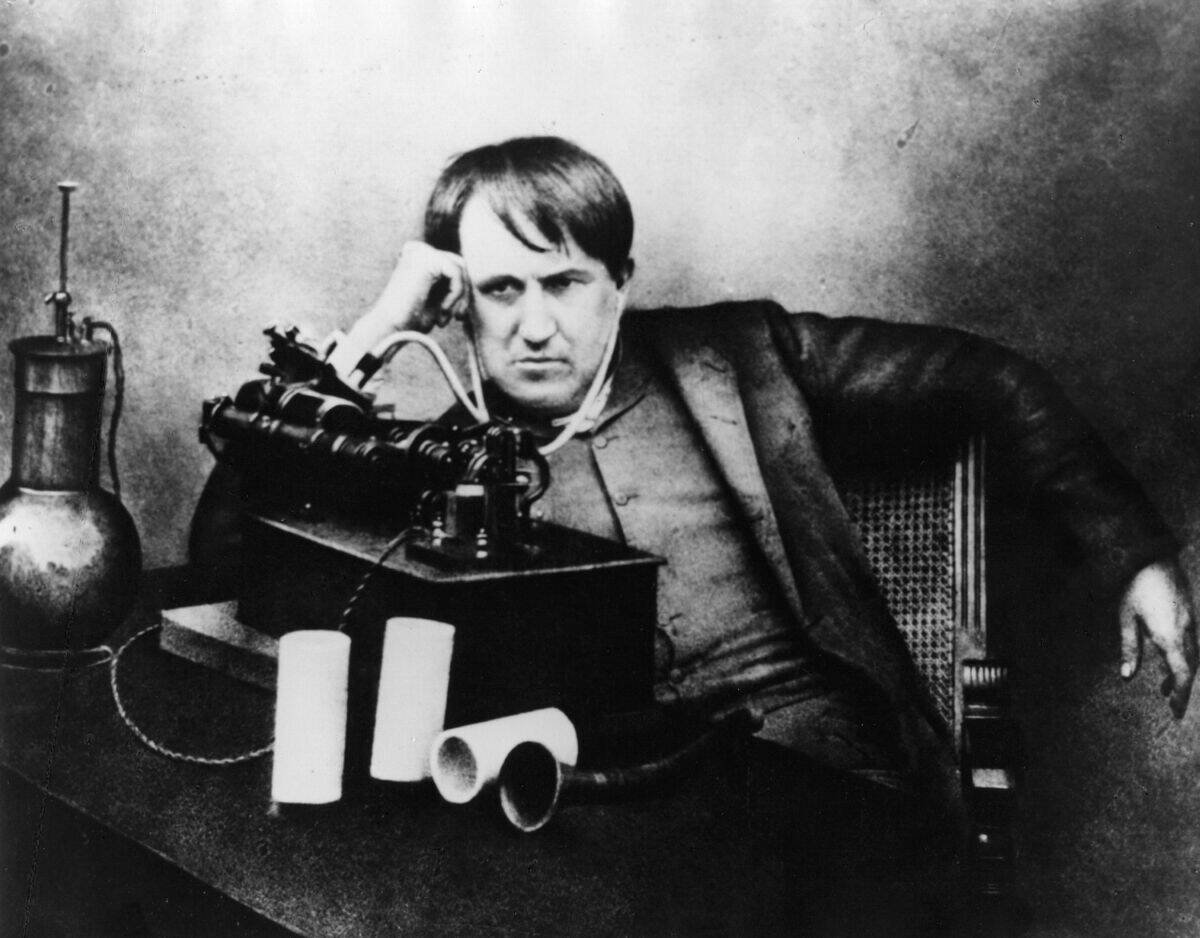
The Gilded Age was a time of significant technological advancement, with inventions that reshaped daily life. The telephone, patented by Alexander Graham Bell in 1876, revolutionized communication, while Thomas Edison’s electric light bulb, patented in 1879, illuminated homes and businesses. These innovations, along with advancements in transportation like the expansion of the railroad network, facilitated the rapid industrial growth and urbanization that characterized the era.
Urbanization: The Growth of American Cities
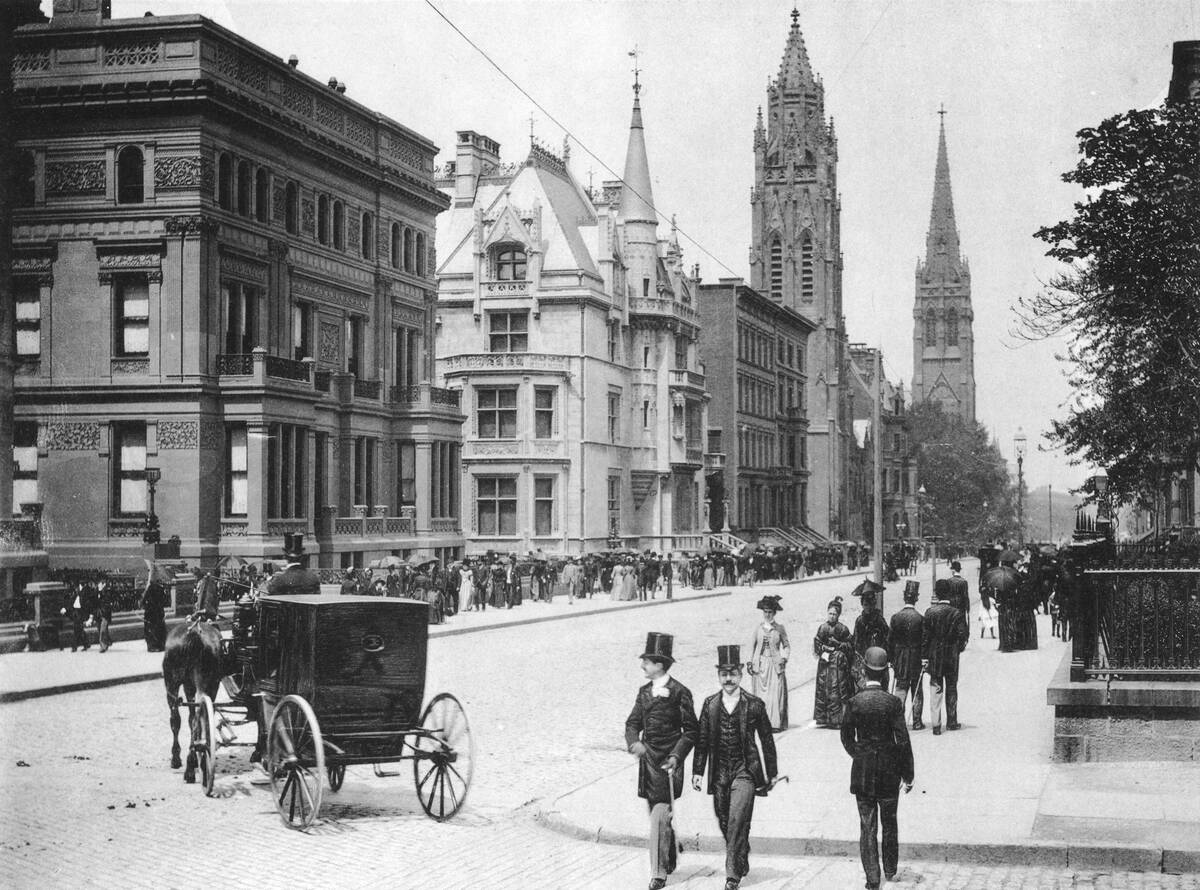
As industries flourished, cities across America experienced unprecedented growth, transforming into bustling urban centers. New York, Chicago, and Philadelphia became economic hubs, drawing people from rural areas in search of employment. The growth of cities led to the development of skyscrapers, thanks to steel-frame construction, and the introduction of public transportation systems, like the New York City subway, which opened in 1904. However, urbanization also brought challenges, including overcrowding and inadequate housing.
Immigration Surge: A New Wave of Settlers
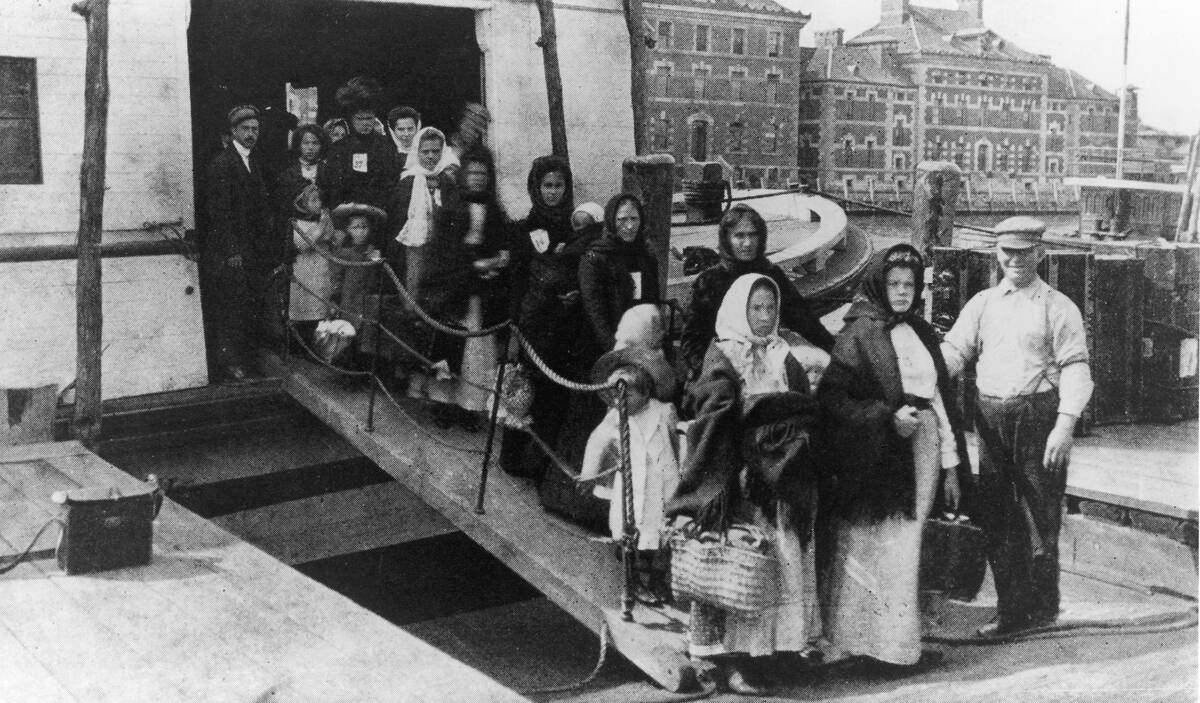
The Gilded Age witnessed a massive wave of immigration, with millions arriving from Europe and Asia seeking better opportunities. Ellis Island, opened in 1892, became the primary entry point for European immigrants. This influx contributed to America’s cultural diversity but also sparked tensions and nativist sentiments. Immigrants often faced harsh working conditions and lived in crowded tenements, yet their labor was essential to the nation’s industrial expansion.
The Changing Face of the American Workforce
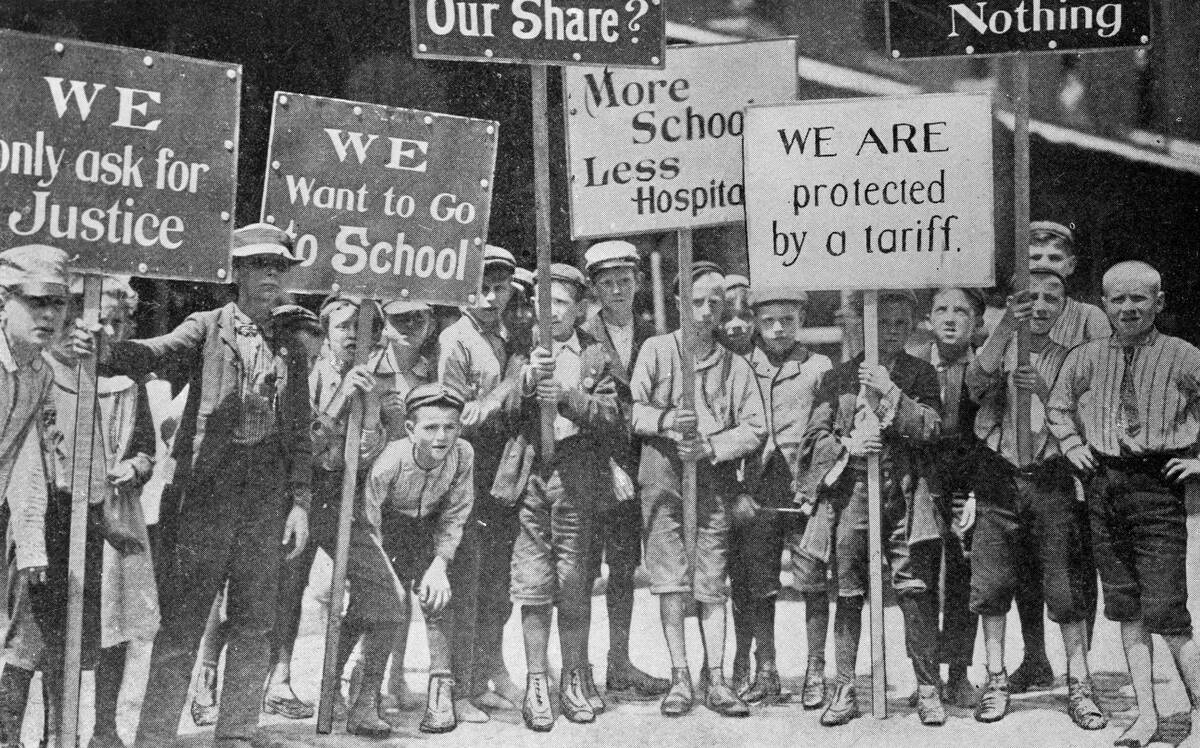
The Gilded Age workforce was a melting pot of native-born citizens and immigrants, men and women, adults and children. The demand for labor in factories, mines, and railroads led to a shift from agrarian work to industrial jobs. Child labor was prevalent, with many children working long hours for meager wages in hazardous conditions. This era laid the groundwork for future labor reforms, as people began to advocate for better working conditions and fair wages.
Labor Movements and Strikes
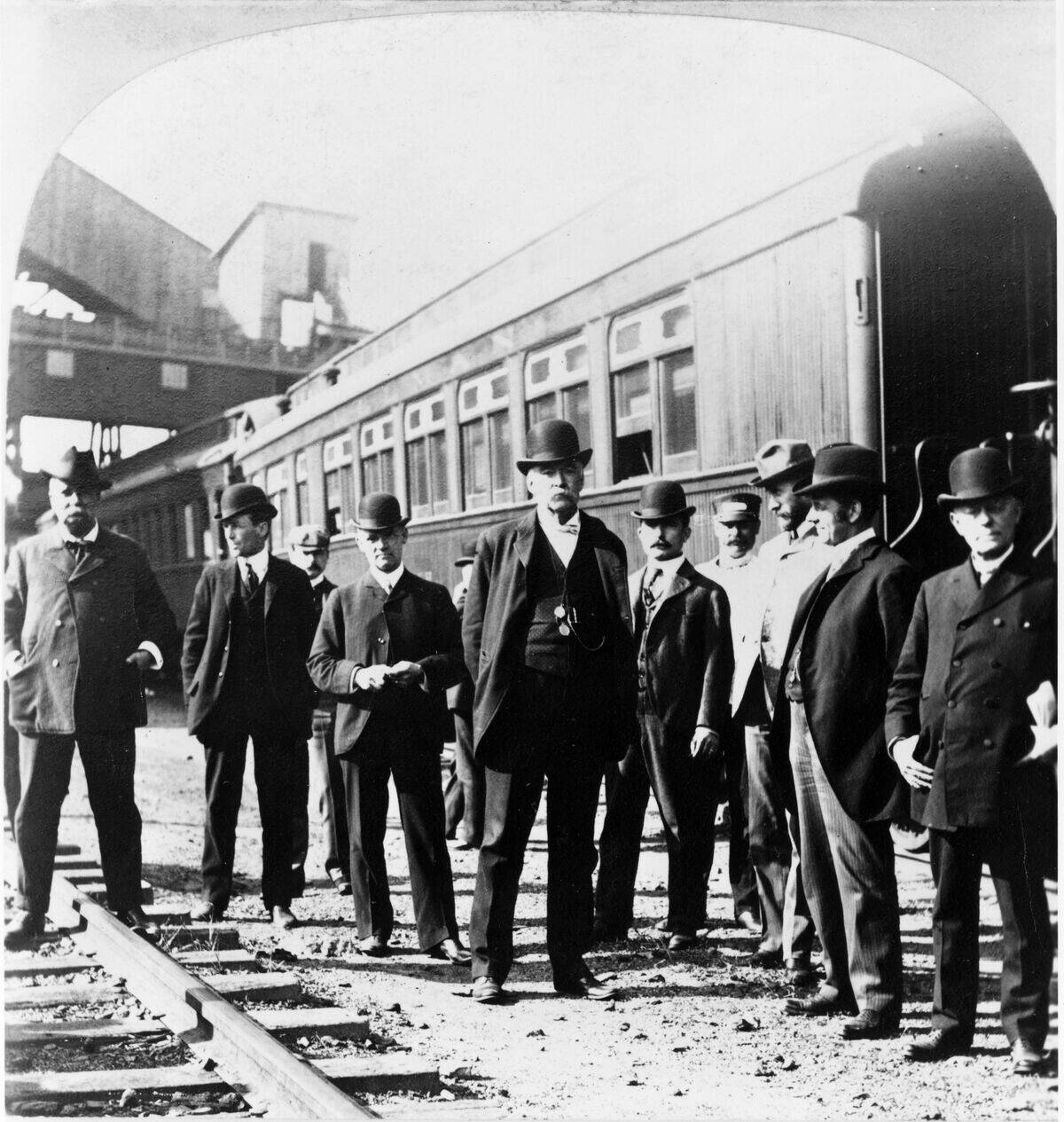
The harsh realities of industrial work led to the rise of labor movements and strikes during the Gilded Age. The formation of labor unions, such as the American Federation of Labor, aimed to protect workers’ rights. Notable strikes, like the Haymarket Riot of 1886 and the Pullman Strike of 1894, highlighted the tensions between laborers and employers. These movements were pivotal in raising awareness about workers’ rights and eventually led to significant labor reforms.
Social Inequality and the Wealth Gap
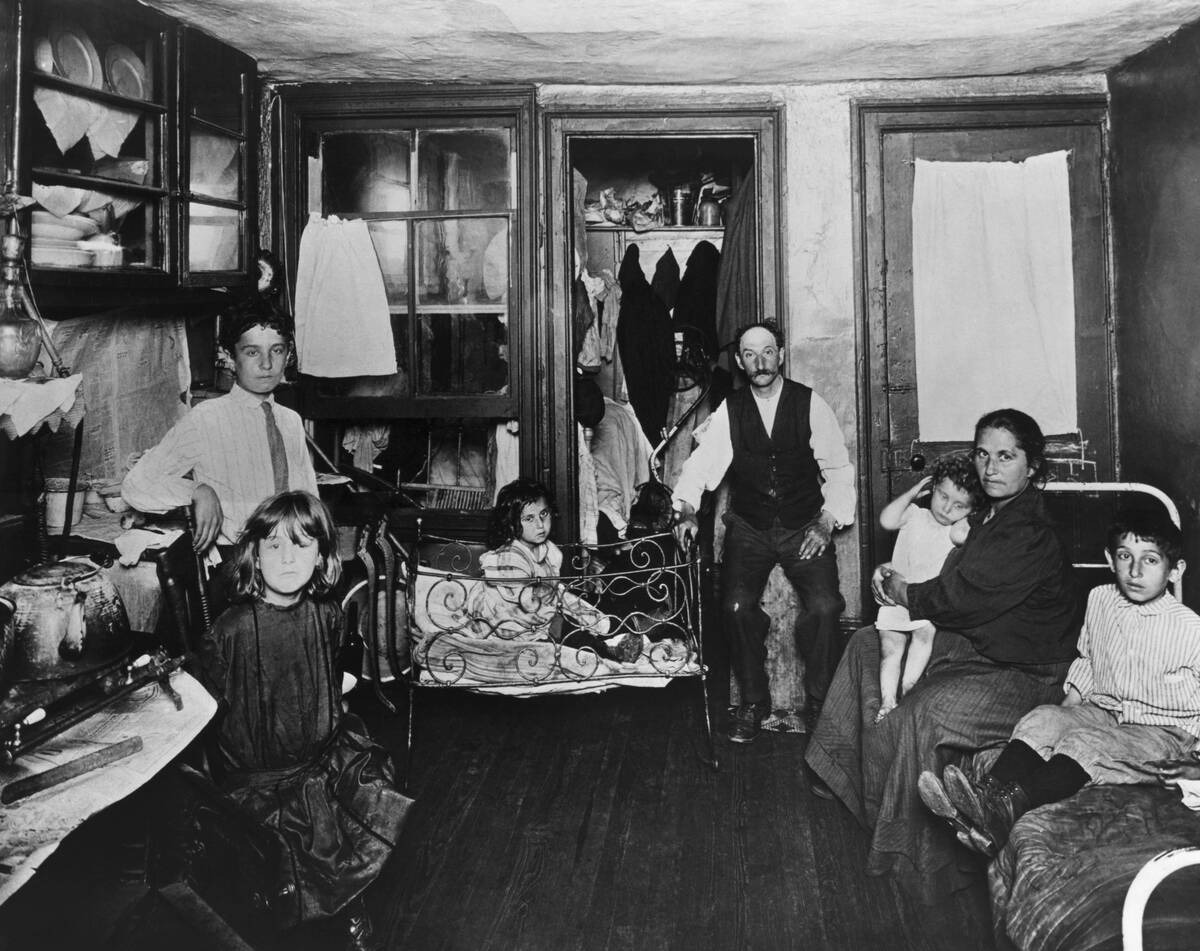
The Gilded Age was characterized by extreme wealth disparities, with the rich living in luxury while the poor struggled to make ends meet. The wealth gap was starkly visible in cities, where opulent mansions stood alongside squalid tenements. Social reformers like Jacob Riis, through works like “How the Other Half Lives,” exposed the harsh conditions of the urban poor. This era of inequality prompted calls for social change and paved the way for progressive reforms in the early 20th century.
The Role of Women in the Gilded Age
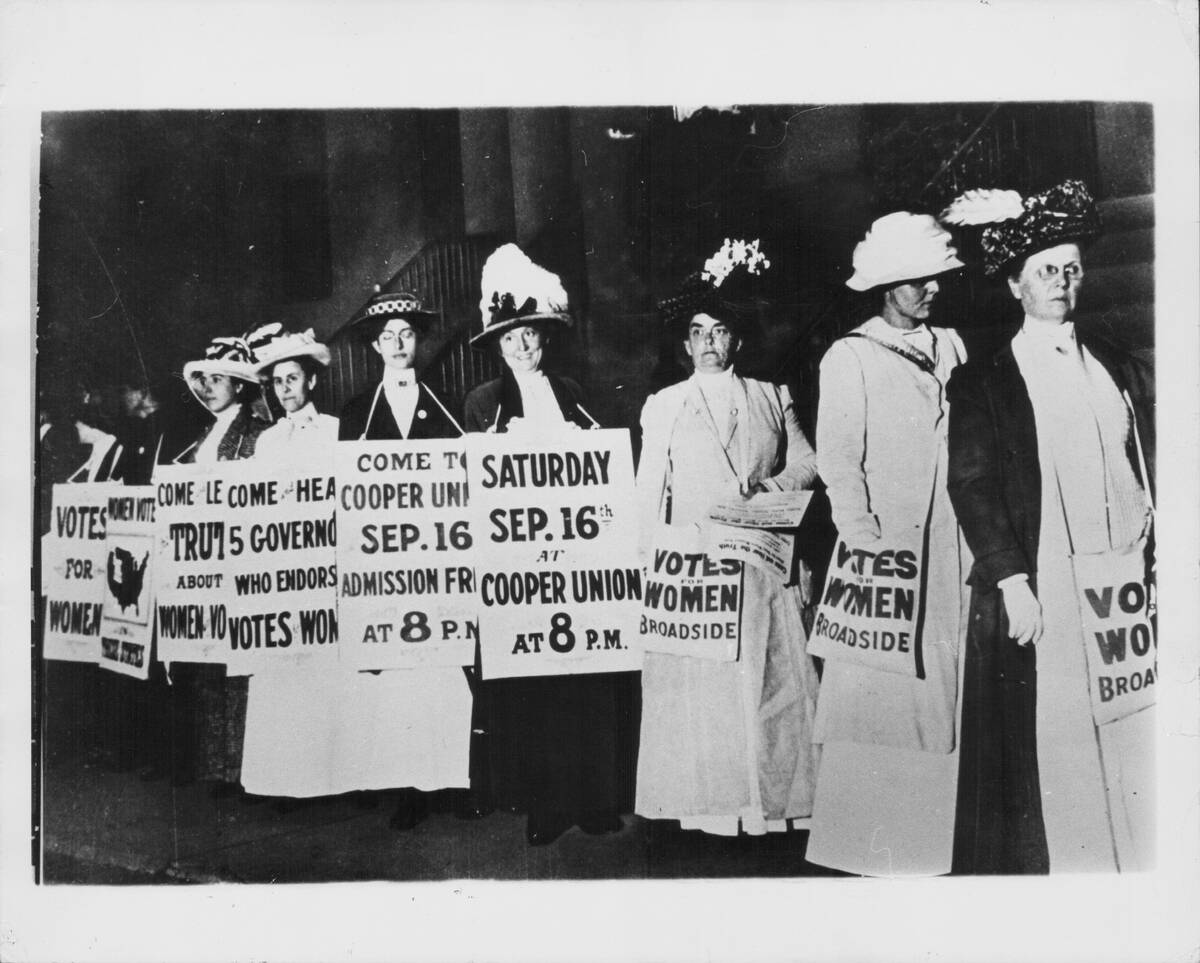
Women played a crucial role during the Gilded Age, both in the workforce and as agents of social change. While many worked in factories and as domestic servants, others became involved in reform movements, advocating for suffrage and labor rights. The Women’s Christian Temperance Union, for example, campaigned for prohibition and women’s rights. This period saw the emergence of “New Women” who challenged traditional gender roles and paved the way for future feminist movements.
The Gilded Age Fashion Scene
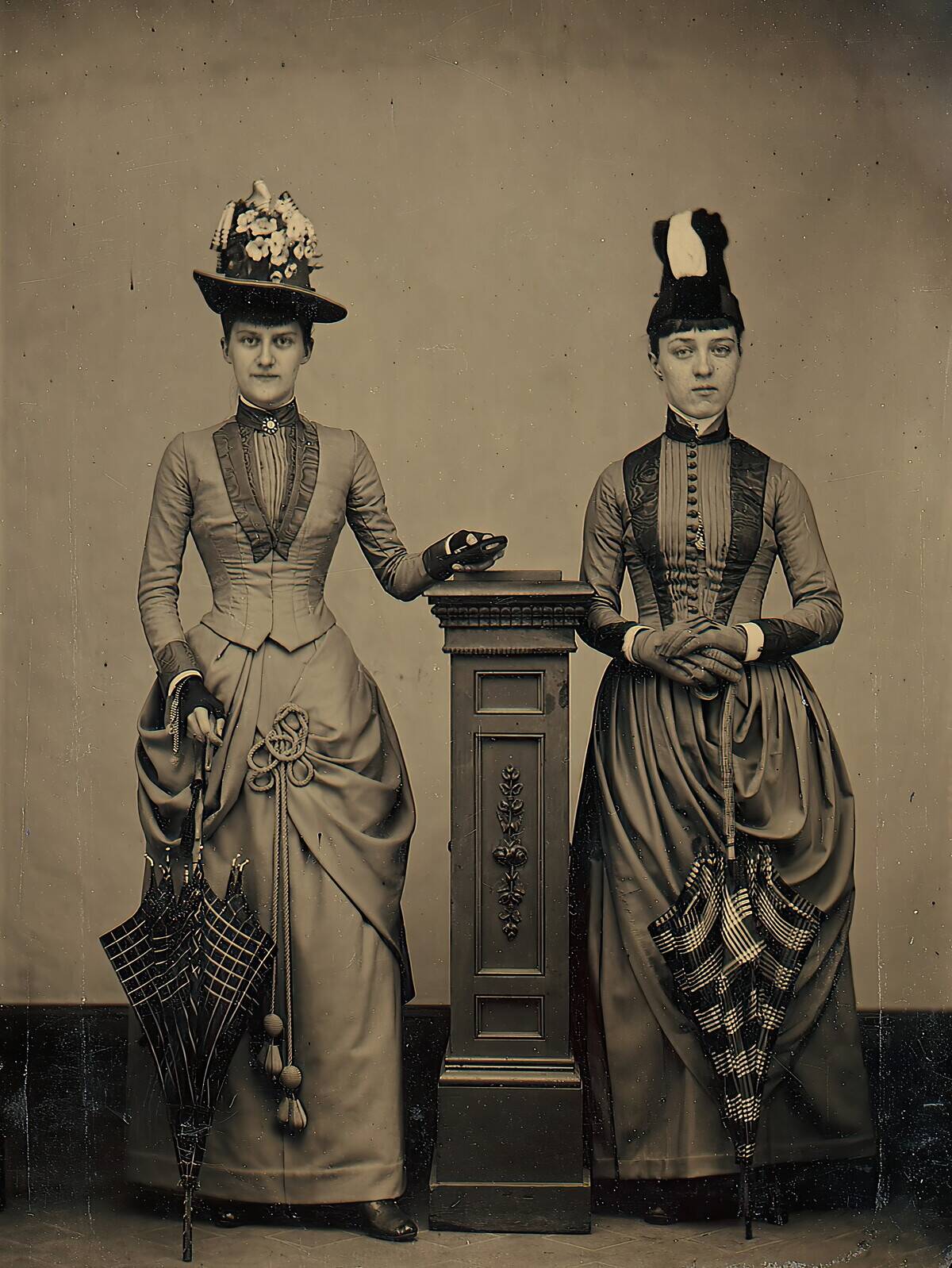
Gilded Age fashion reflected the era’s opulence and social stratification. The wealthy donned luxurious garments made of silk and velvet, adorned with lace and intricate embellishments. The bustle silhouette was popular for women, emphasizing an exaggerated back profile. Meanwhile, men sported tailored suits and top hats. Fashion served as a status symbol, with the affluent showcasing their wealth through extravagant attire, while the working class wore more practical, durable clothing.
Architecture and the Age of Opulence
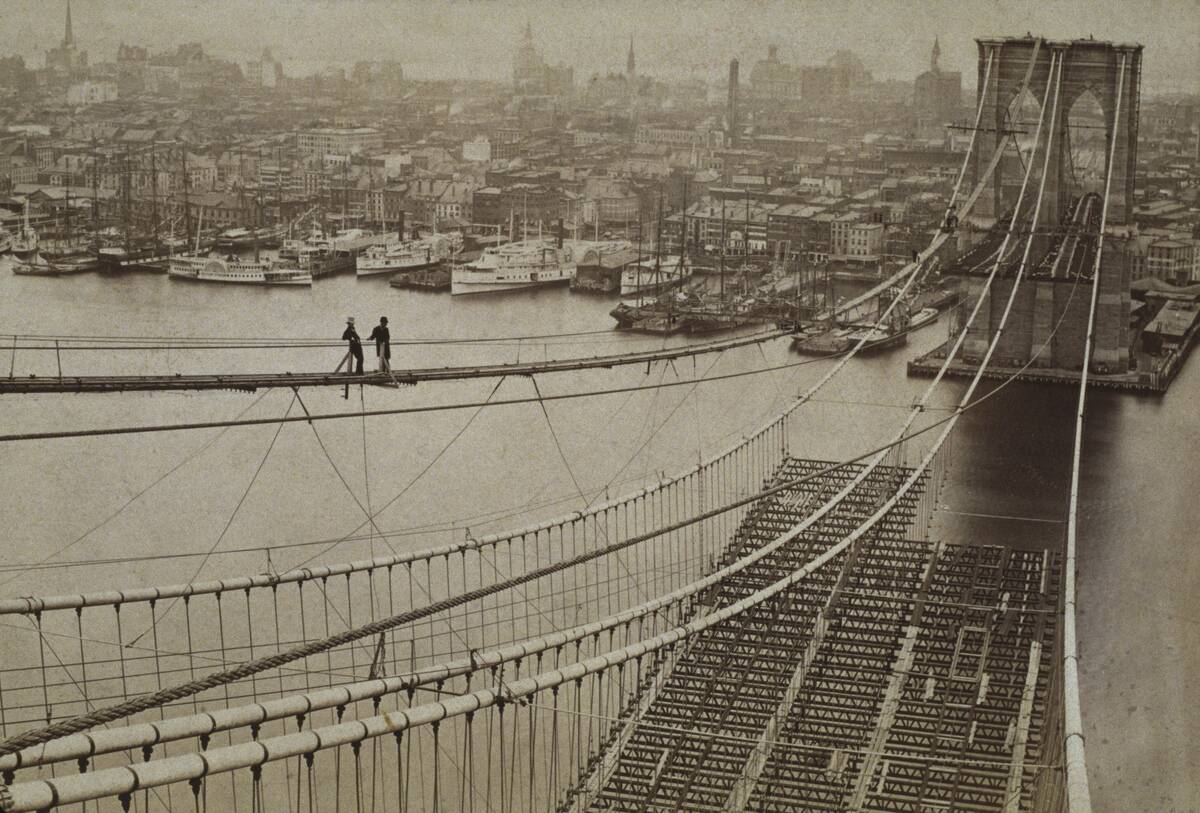
Architecture during the Gilded Age was marked by grandeur and extravagance, with styles like Beaux-Arts and Romanesque Revival dominating the landscape. Architects such as Richard Morris Hunt and Stanford White designed opulent mansions and public buildings. The construction of iconic landmarks, like the Brooklyn Bridge and the Statue of Liberty, reflected the era’s ambition. These architectural feats symbolized progress and prosperity, though often overshadowing the socioeconomic issues of the time.
The Explosion of Art and Literature
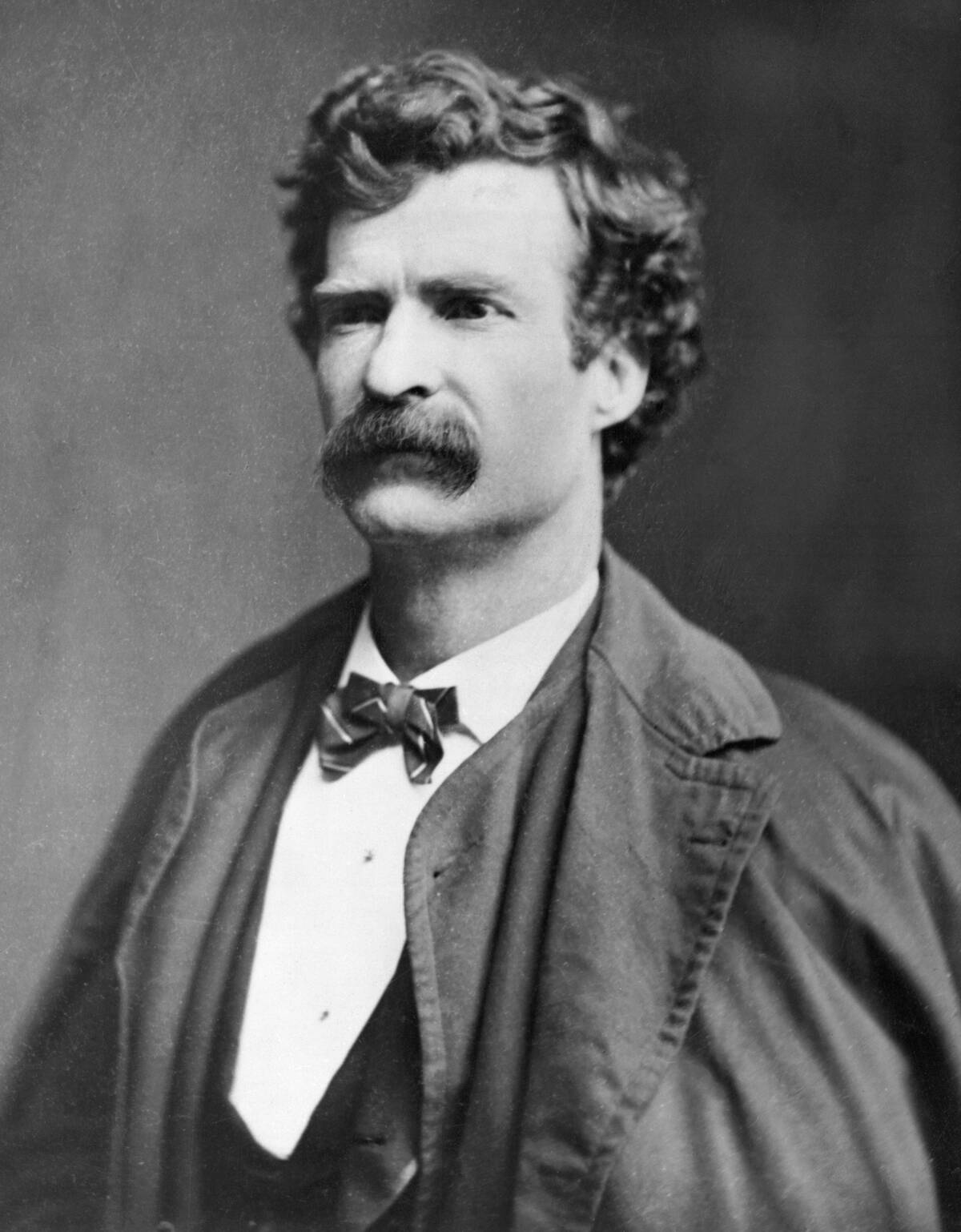
The Gilded Age was a vibrant period for art and literature, with the rise of movements like Realism and Impressionism. Artists such as Mary Cassatt and James McNeill Whistler gained prominence, capturing everyday life and modernity. In literature, authors like Henry James and Edith Wharton explored themes of class and society. Mark Twain’s works, including “The Adventures of Huckleberry Finn,” provided sharp social commentary. This cultural flourishing reflected the complexities and contradictions of the era.
Politics and Corruption: The Dark Side of Progress
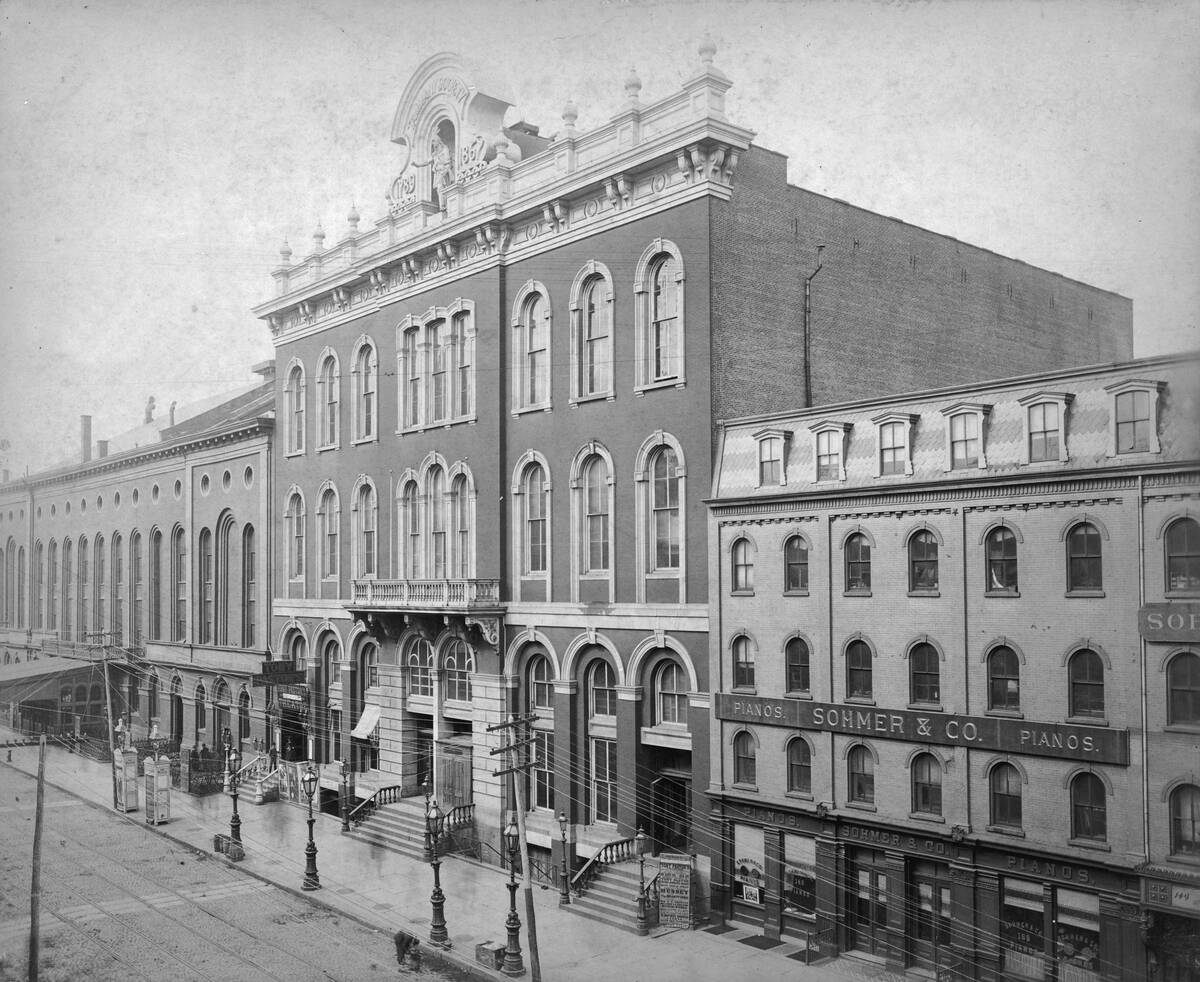
While the Gilded Age was a time of progress, it was also plagued by political corruption. “Machine politics” and political bosses, like New York City’s Tammany Hall led by Boss Tweed, wielded significant influence through patronage and bribery. The era’s political scandals, such as the Credit Mobilier Scandal, highlighted the pervasive corruption. Reform efforts eventually emerged, leading to measures like the Pendleton Civil Service Reform Act of 1883, which aimed to curb patronage and improve government integrity.
Notable Figures of the Gilded Age
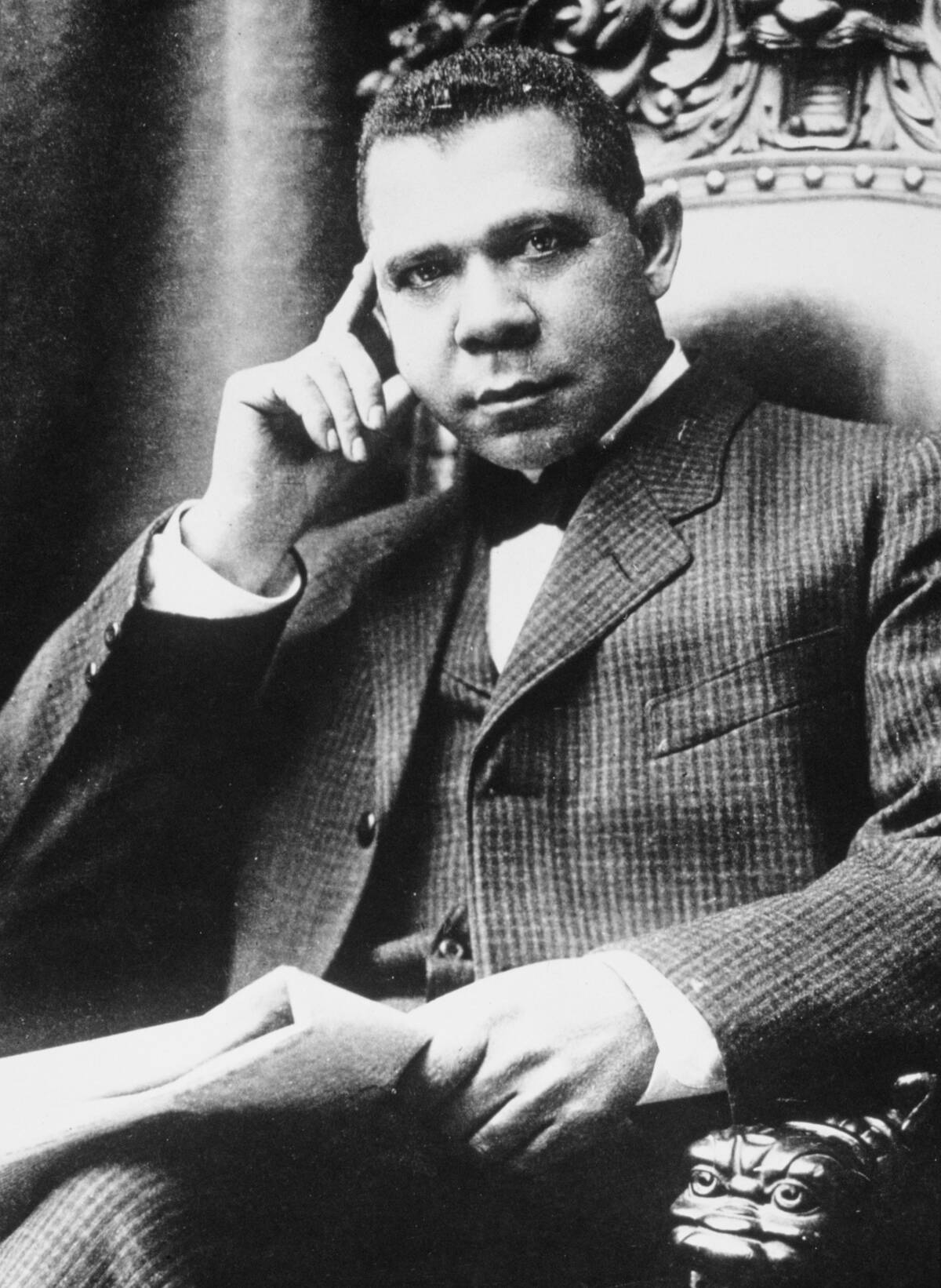
The Gilded Age was shaped by influential figures across various fields. Industrialists like Carnegie and Rockefeller left lasting impacts on the economy and philanthropy. Social reformers such as Jane Addams worked tirelessly to improve living conditions for the urban poor. Figures like Susan B. Anthony advanced the women’s suffrage movement, while Booker T. Washington and W.E.B. Du Bois played pivotal roles in advocating for African American rights. These individuals left indelible marks on American society.
The Legacy of the Gilded Age in Modern America

The Gilded Age’s legacy is evident in modern America, with its contributions to industrialization, urbanization, and economic growth. The era’s technological innovations and infrastructure developments laid the foundation for contemporary society. However, the period’s social inequalities and labor struggles also resonate today, highlighting ongoing issues of wealth disparity and workers’ rights. The Gilded Age serves as a reminder of the complexities of progress and the need for balanced growth that benefits all.



